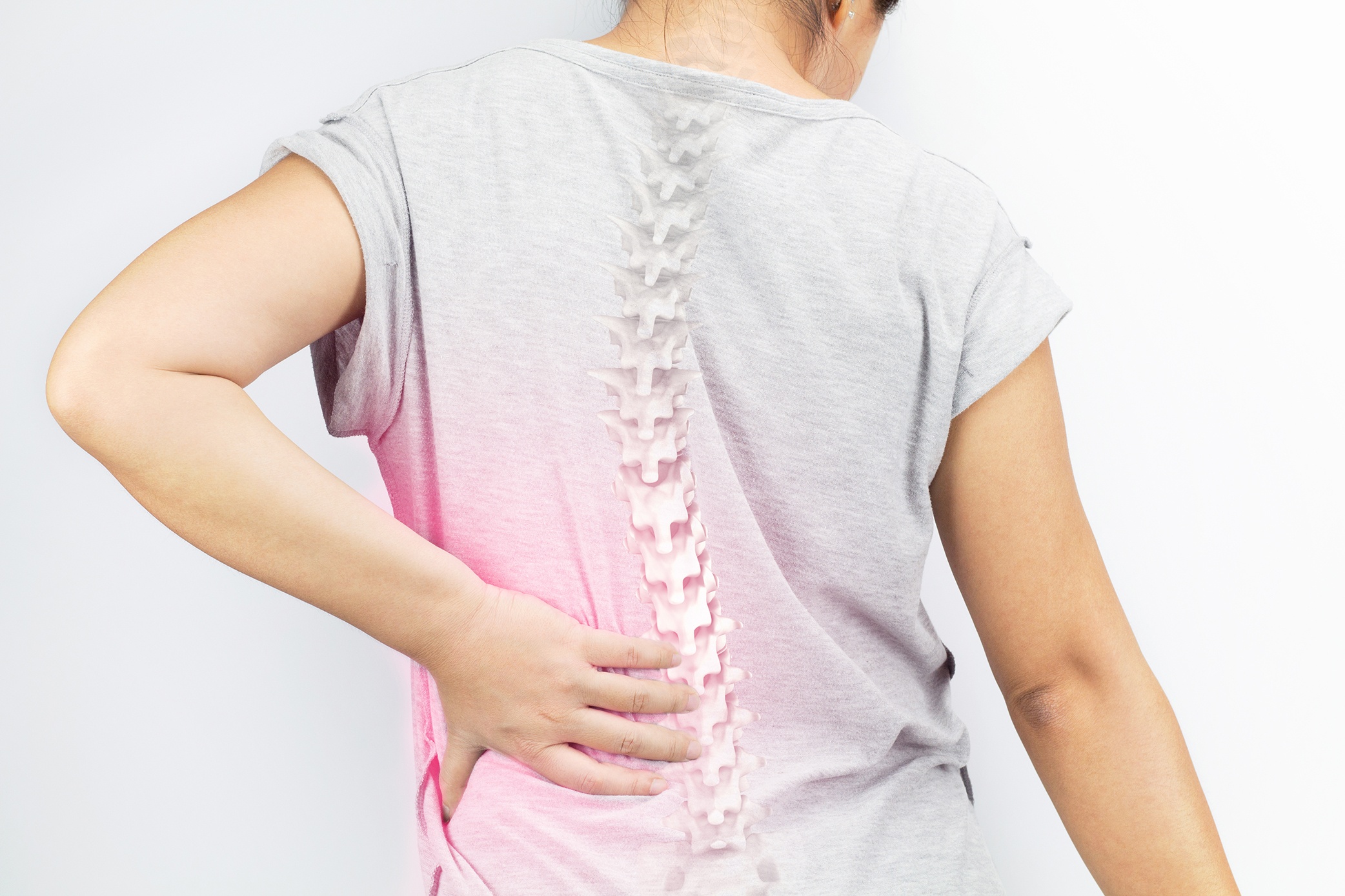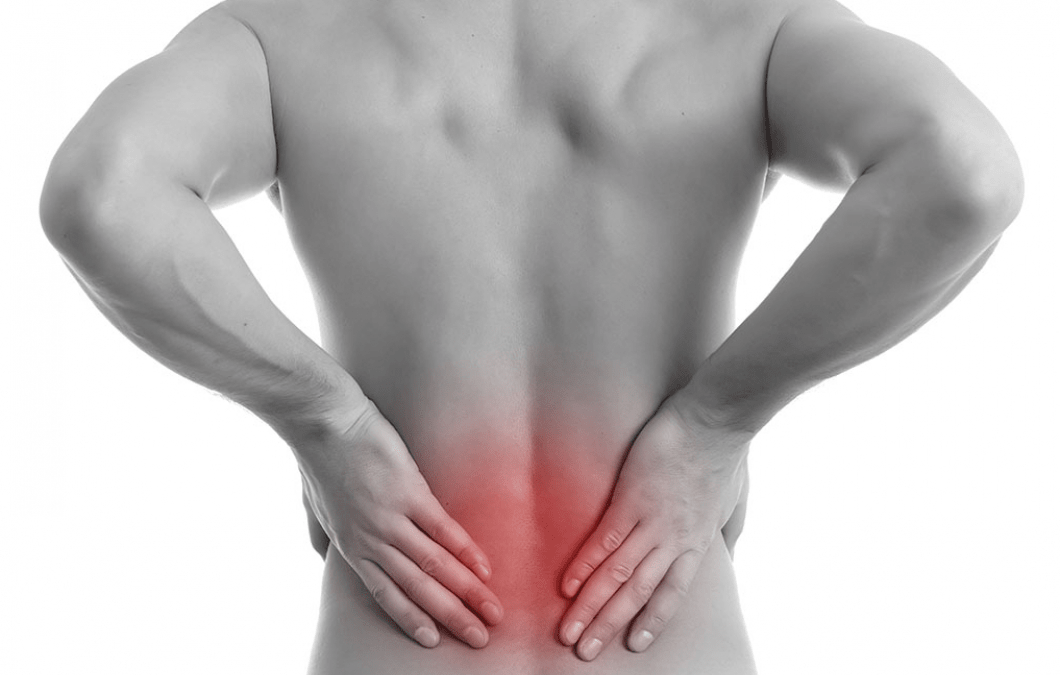
YOGA THERAPY TO BALANCE BODY BIOCHEMISTRY
December 16, 2019We are open and working! Our doctors at Lompoc Valley Medical Center and at Los
March 28, 2020 Surgery for low back pain simply isn’t worth the stress, effort, expense, and sacrifice.
Surgery for low back pain simply isn’t worth the stress, effort, expense, and sacrifice.
If you can walk, it means your legs are adequately powered by the nerves coming from your low back (lumbosacral plexus), and therefore you don’t need surgery right now.
If you don’t need surgery right now, we can help you for low back pain:
1. spinal alignment and balancing, featuring acupuncture, manual therapy, and corrective realignment therapy
2. medical diagnostic workup- with emphasis on causes of inflammation
3. Prolotherapy/regenerative treatment of the ligaments of the low back
4. medical yoga
(1 -> 4 in consecutive order)
Two new RCTs address surgery for herniated disk and spondylolisthesis:
Dutch researchers randomized 283 patients with 6 to 12 weeks of severe sciatica secondary to a herniated lumbar disk to either early microdiscectomy (within 2 weeks of randomization) or conservative treatment. Eighty-nine percent of those randomized to surgery actually underwent the procedure, and 39% of those randomized to conservative
treatment crossed over to surgery during the first year. From about 4 weeks to 12 weeks, patients in the surgical group improved faster than those in the nonsurgical group on scores for disability, leg pain, and back pain
A U.S. study examined a different problem — lumbar degenerative spondylolisthesis with spinal stenosis, causing neurogenic claudication or radicular pain. About 300 patients (mean age, 66) were randomized to surgery (posterior decompressive laminectomy with fusion) or no surgery. At
1 year, about 40% of patients in each group had crossed over to the other treatment. In intention-to-treat analyses, the groups did not differ in disability, pain, and function at 2 years. The researchers also compared patients who actually underwent surgery and those who did not. For this as-treated analysis, the randomized cohort was combined with 303 observed patients who declined randomization. Surgical patients had significantly better 2-year outcomes than nonsurgical patients, after adjusting for baseline differences between groups.
DISCUSSION: The herniated disk study supports the conventional wisdom regarding sciatica caused by a lumbar disk: Early surgery is associated with quicker recovery, but 1-year outcomes are similar to outcomes in patients who begin with conservative treatment and undergo surgery only if
symptoms do not improve. Interpretation of the study of symptomatic degenerative spondylolisthesis with spinal stenosis is more complex because of the high crossover rate in both groups. Surgery appears more favorable than a nonoperative approach, but this conclusion rests upon an as-treated analysis, which reintroduces some of the confoundings that randomization avoids.



